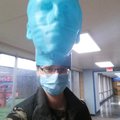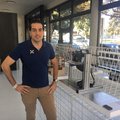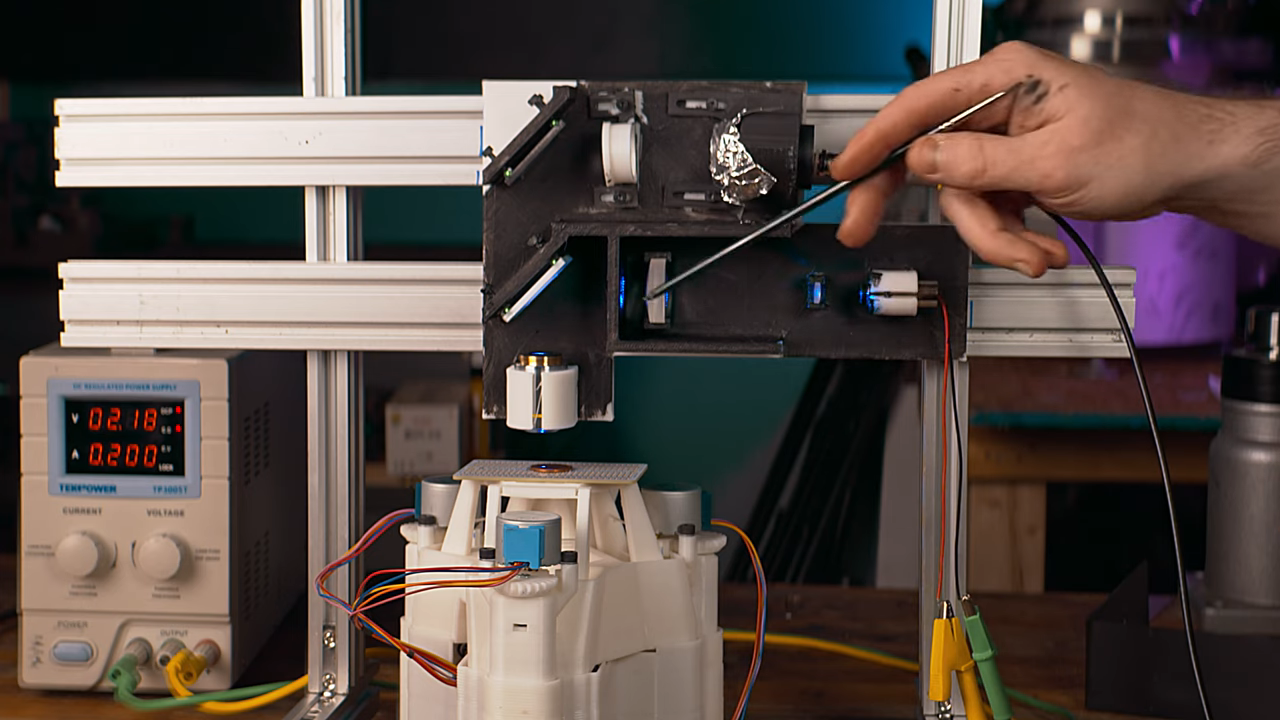Zachary Tong will host the Hack Chat on Wednesday, June 23 at noon Pacific.
Time zones got you down? Try our handy time zone converter.
There was a time when electronics was very much a hobby that existed in the macroscopic world. Vacuum tubes, wirewound resistors, and big capacitors were all mounted on terminal strips and mounted in a heavy chassis or enclosure, and interfacing with everything from components to tools was more an exercise in gross motor skills than fine. Even as we started to shrink components down to silicon chips, the packages we put them in were still large enough to handle and see easily. It's only comparatively recently that everything has started to push the ludicrous end of the scale, with components and processes suitable only for microscopic manipulation, but that's pretty much where we are now, and things are only likely to get smaller as time goes on.
The microscopic world is a fascinating one, and the tools and techniques to explore it are often complex. That doesn't mean microscopy is out of the wheelhouse of the average hacker, though. Zachary Tong, proprietor of the delightfully eclectic Breaking Taps channel on YouTube, has been working in the microscopic realm a lot lately. We've featured his laser scanning confocal microscope recently, as well as his latest foray into atomic force microscopy. In the past he has also made DIY acrylic lenses, and he has even tried his hand at micromachining glass with lasers.
Zach is pretty comfortable working in and around the microscopic realm, and he'll stop by the Hack Chat to share what he's been up to down there. We'll talk about all the cool stuff going on in Zach's lab, and see what else he has in store for us.









488 nm isn't that unusual. It is a cyan laser. It is less common than about five or six more common wavelengths, but you can buy such a laser for $70 on EBay. I use one for my polymerase chain reaction (PCR) testing.
Are you interested in modifiying your confocal laser scanning microscope to have an enclosure and variable magnetic and electric fields. Ultimately I would like to see a hybrid of either a confocal laser scanning microscope or nanoparticle tracking analyzer with controlled electric and magnetic fields so that I and others can see cells migrating in the presence of growth and differentiation factors to eventually form tissues?